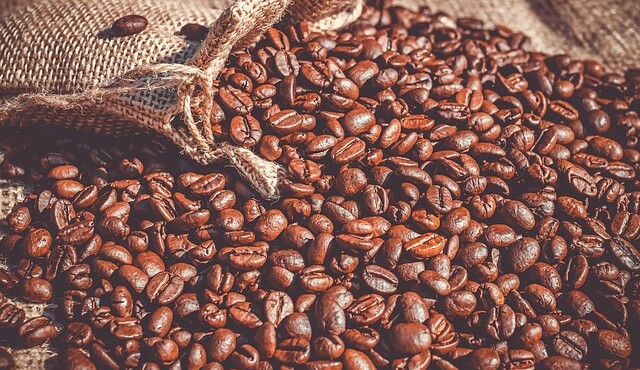If you love coffee, you should know the different ways of grinding it so that you never miss a cup in the morning. Grinding coffee beans before brewing enhances the protection of its natural flavors and ensures its freshness.
It prevents coffee from becoming stale or bland. If you don't have access to a coffee grinder, you can use your blender to achieve a similar effect.
In short, Yes a blender can grind coffee beans, now this does not apply to all the Blenders, for example, Hand blenders are not very great at grinding the coffee but Blenders with a grinding setting does the job easily.
A blender acts as a suitable alternative to a coffee grinder. It contains blades that are powerful enough to chop the coffee beans into the right size.
Since blenders are made of glass, it cannot form scratches from grinding coffee beans in it. You may not get a similar consistency as using a coffee grinder, but it is still a nice hack that can save you from the cost of buying a coffee grinder.
Some of the superior quietest blenders not only make juices but are also designed for grinding coffee. You can tell this from the settings of a blender.
A good blender that can grind coffee beans comes with a grinder setting. This simplifies the process of grinding coffee beans and helps you achieve the right consistency.
How to use a blender to grind coffee beans
As you grind coffee beans with a blender, you should ensure that you do it in short, quick bursts. Avoid running the machine continuously.
This is because the blades of a blender are designed to move at high speed. They can, therefore, heat the coffee beans and overheat the natural oils.
Continuous grinding using a blender can lead to bitter and harsh tasting coffee. For you to get the best results as you grind coffee beans with a blender, you should implement the on and off technique.
If your machine does contain a grinder setting, worry not. You can still grind coffee beans using it. Set a medium-high speed and observe it carefully.
Add a small amount of the beans at first into the blender, then cover it with a firm lid. The lid prevents coffee beans from flying out as the blender runs.
You can then start grinding until you achieve the desired consistency. Tilt the blender slightly as you grind so that you can achieve an even grind.
Once the portion you have poured in is done, empty your machine then add new coffee beans. Do this repeatedly. It should take a few seconds for you to grind a small amount of coffee beans with a blender.
After grinding, ensure you clean the machine properly to eliminate any smell or taste of stale coffee. Coffee oil residue in a blender can be irritating when you need to use the machine for something else.

Are there any risks of using a blender to grind coffee beans?
The only problem you may encounter with this method is the lack of consistency. If your blender lacks a grind setting, you may not grind the coffee beans in a uniform size.
The standard blender fails to grind coffee beans with adjustable precision. You may, therefore, get random sized particles if you don’t follow the procedure we have mentioned above.
If you don’t have a blender that features a grind setting, you can avoid this problem by looking for an affordable coffee grinder.

